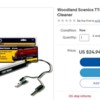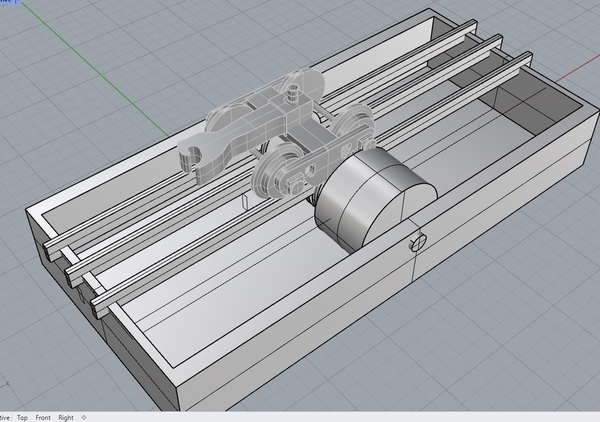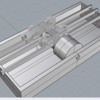I had been using goo gone and used to clean the track every week. Then switched to wd-40 contact cleaner and track cleaning chore has been reduced at least in half. However I am thinking there may be more to this issue than just the cleaner. It may be that operating conditions play a role. My operating conditions are as follows Atlas track, level platform, short trains and slow speeds. Just wondering what are the operating conditions of the guys who have a lot of trouble with gunk on their wheels and track. And I only run metal wheels but do use traction tires
Okay, I’ll attach a bunch of links for some related articles and comments. Depending on how much you want to get into it, there is a lot of very good reading on this subject.
My test cleaning cars are those old flyer ones you get at a local train show – lots of gunk built up. Here is a picture of a car I did an experiment on about an hour ago:

Upper left wheel is 91% alcohol with a bit of elbow grease. Upper right, Goo-Gone with the same amount of elbow grease, as best I could. Lower left, Easy-Off oven cleaner – no elbow grease. Just wipe on let sit a minute or two, then wipe off with a Q-tip wet with water. Lower right, the control wheel – all of the wheels looked like the control going in… Your call.
Goo-Gone, it turns out is a real problem, it didn’t even make the list of polar/non-polar solvents. Like trainbob, I’ve been using it for years and I’ve been cleaning wheel after not that much running – again for years. It really allows for black gunk buildup, making for less time between cleanings – no more. If I use it now, I finish off with mineral spirits.
Fine sand paper for track and a cheap pocket knife for wheels. Just that simple and politically correct environmentally green.
Charlie
Sand paper that is more gritty than 600 (meaning like 220 or 320) is much like Goo-Gone, it gives you the impression you have cleaned the track, but the scratches course paper leave only make for more arcing, more buildup, less time running trains between cleanings. Apparently, that even goes for the Bright Boy. Another item I’ve used a lot, again, no more.
A bunch of links:
https://s3-us-west-2.amazonaws...ne/index.html?page=9
https://model-railroad-hobbyist.com/node/5733
https://model-railroad-hobbyist.com/node/146
the No-Ox thread and how to apply it:
https://model-railroad-hobbyist.com/node/7519?page=2
https://model-railroad-hobbyist.com/node/7169
more later...
Tom Stoltz
in Maine


















